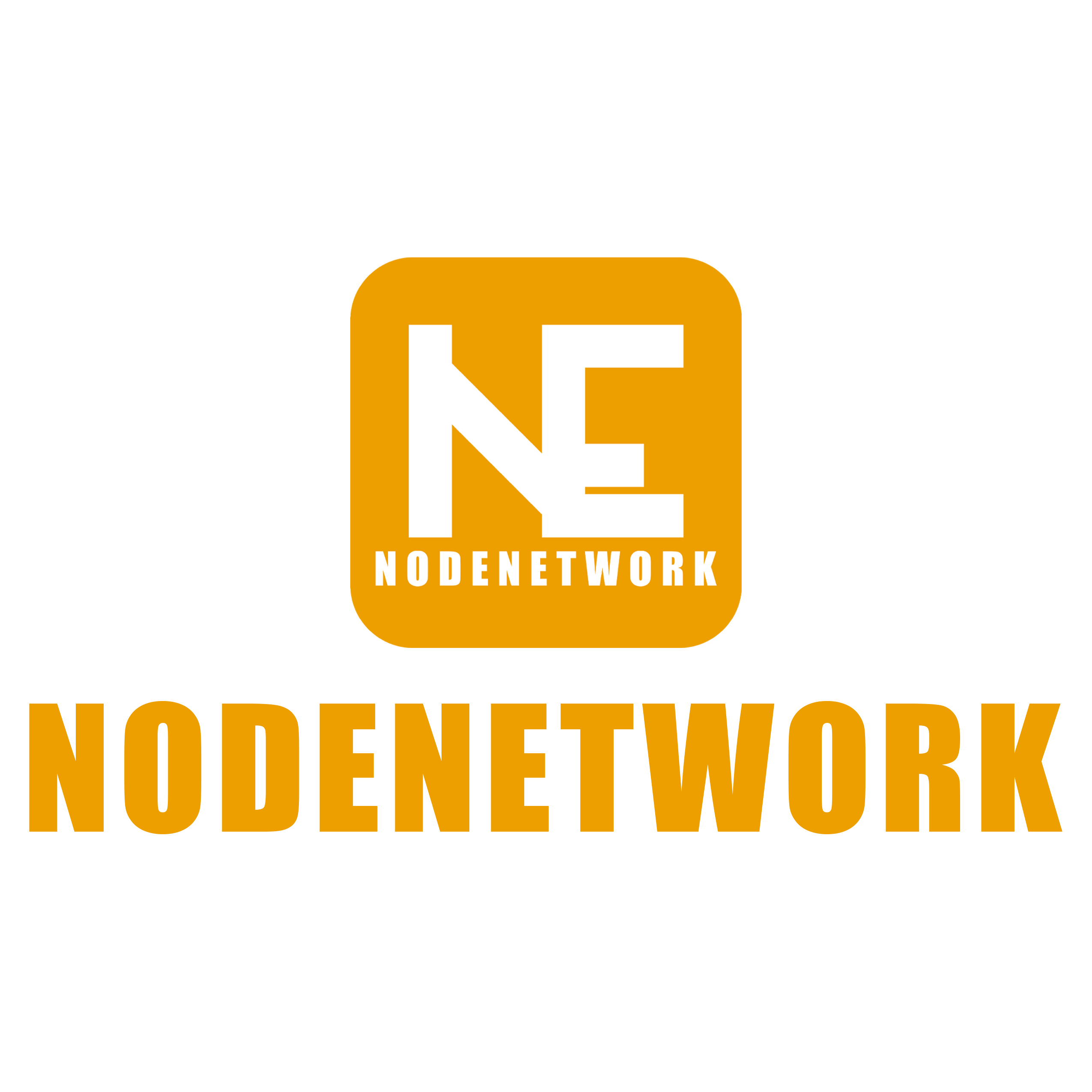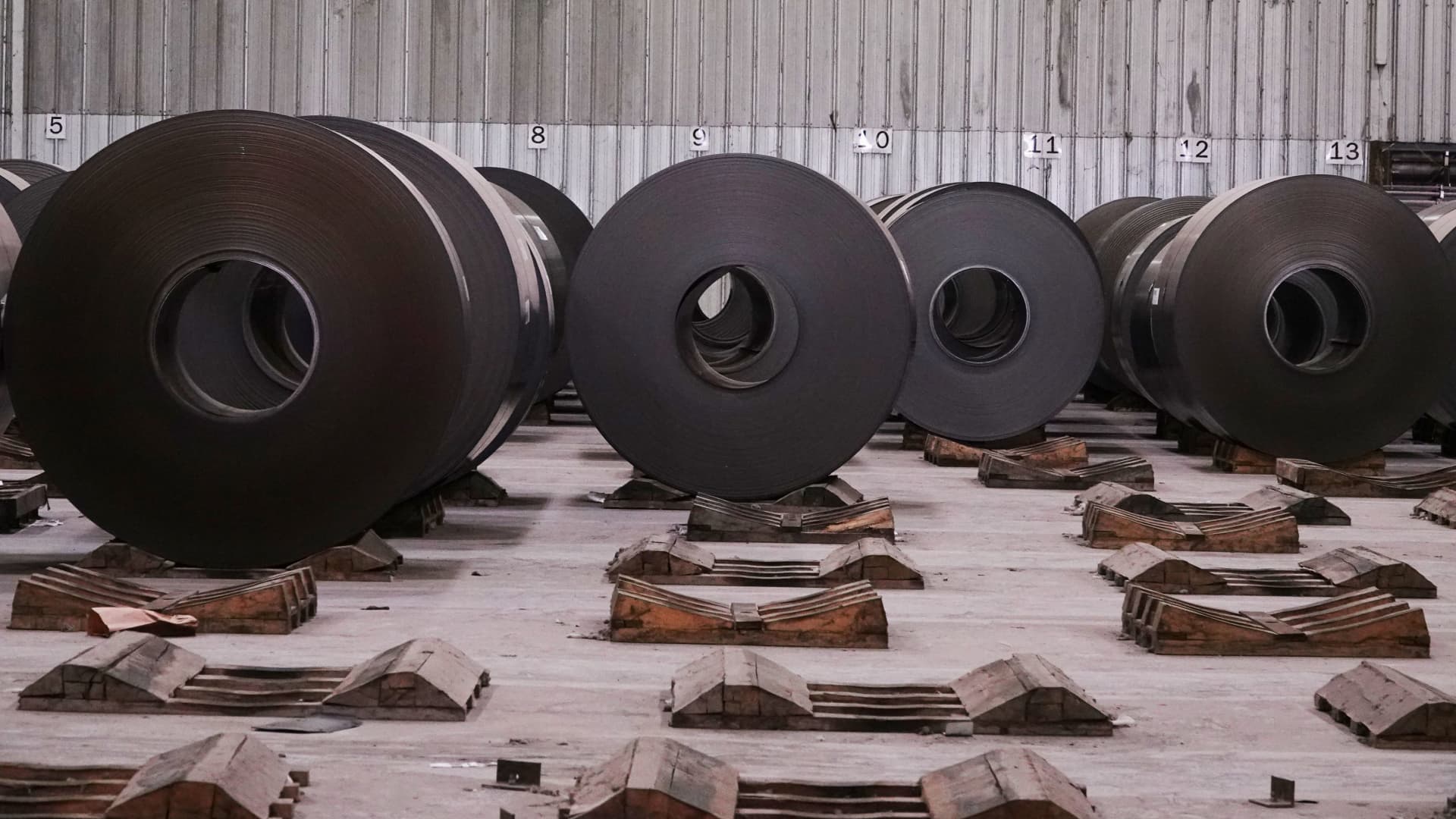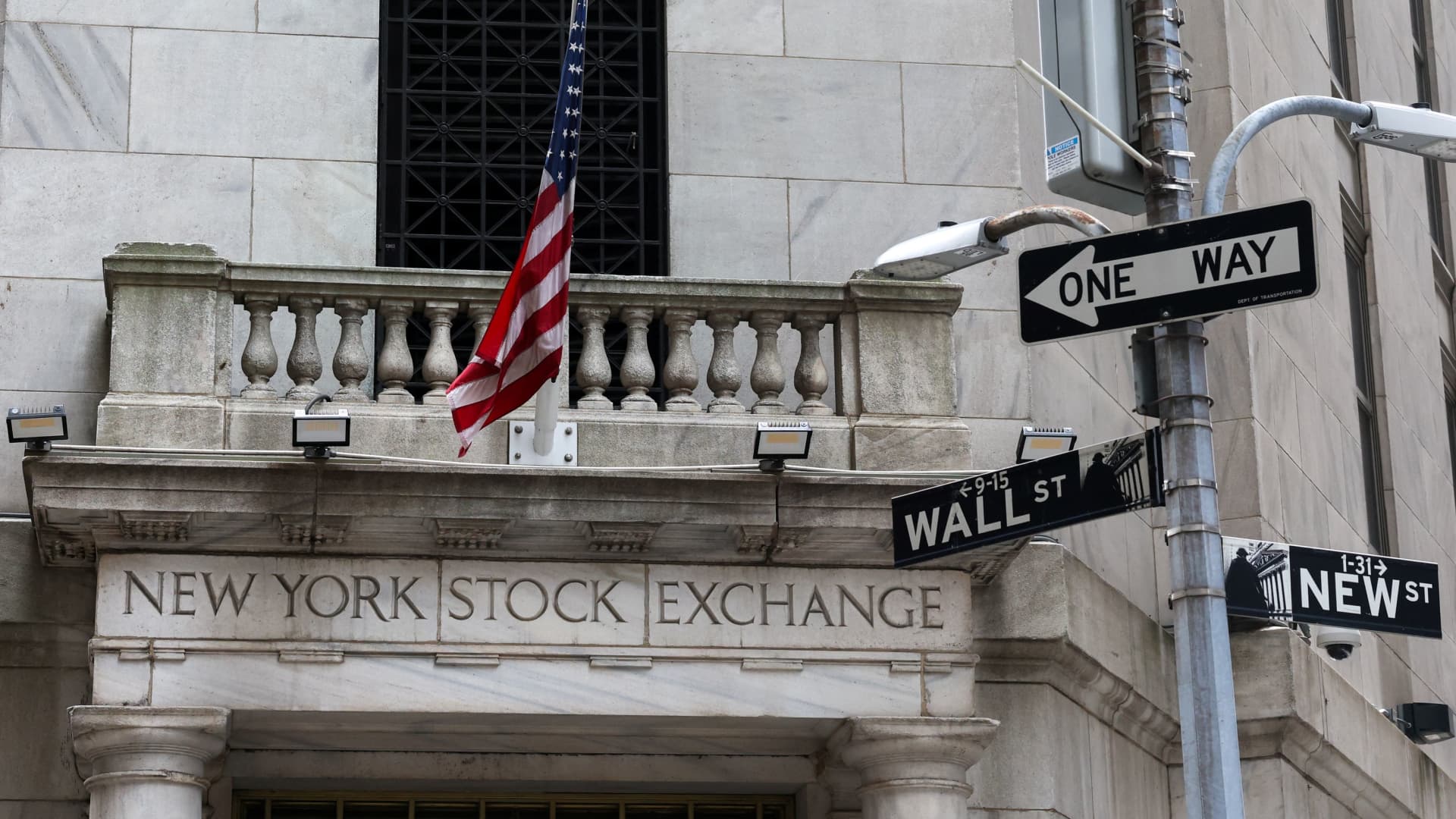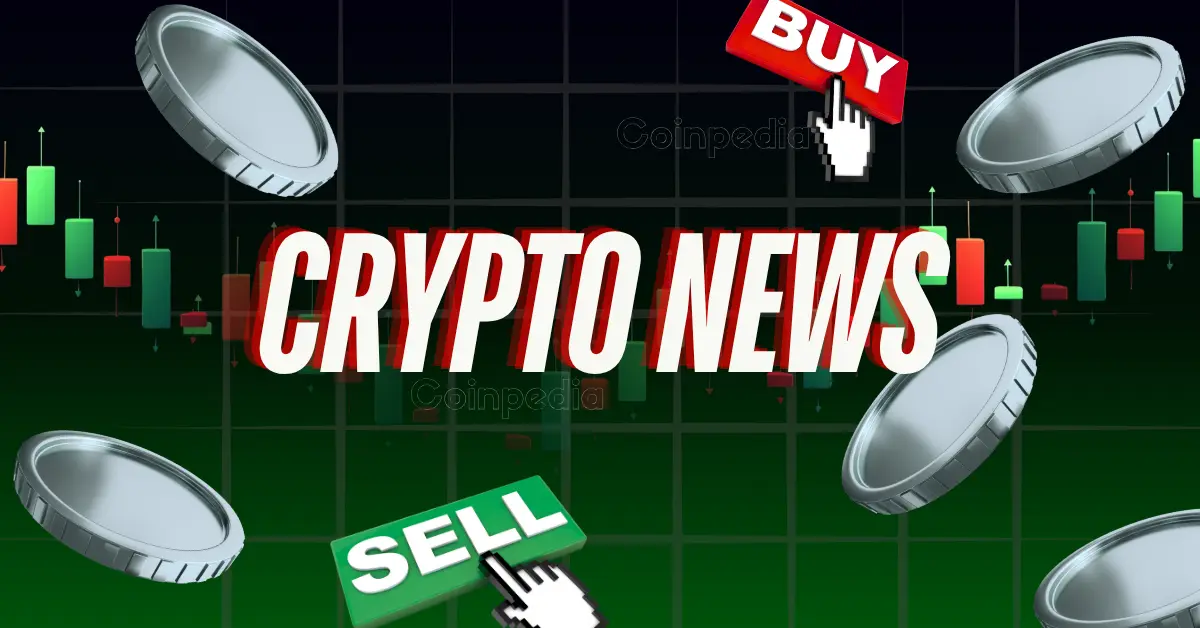After-Hours Stock Surge: A Deep Dive into Cadence Design Systems, Whirlpool, and Nucor
Introduction: The After-Hours Trading Phenomenon
After-hours trading, a period when stock exchanges operate outside regular market hours, often serves as a barometer for investor sentiment. On July 28, 2025, three major companies—Cadence Design Systems (CDNS), Whirlpool (WHR), and Nucor (NUE)—experienced significant stock movements. These shifts were driven by earnings reports, market trends, and broader economic conditions. This report examines the factors behind these movements, analyzing each company’s performance, industry dynamics, and future outlook.
Cadence Design Systems (CDNS): Riding the AI Wave
Q2 Earnings Beat: A Strong Financial Performance
Cadence Design Systems, a leader in electronic design automation (EDA) and semiconductor intellectual property (IP), reported a robust second-quarter earnings performance. The company exceeded analyst expectations with an EPS of $1.65, surpassing the consensus estimate of $1.57. Revenue also came in higher than anticipated at $1.28 billion, compared to the estimated $1.26 billion. This strong financial performance reflects Cadence’s ability to capitalize on growing demand for advanced semiconductor solutions.
AI Demand as a Growth Driver
One of the key factors behind Cadence’s success is the surging demand for AI-driven technologies. The company’s tools and software are essential for designing AI chips, which are increasingly used in automotive, healthcare, and financial sectors. As AI adoption accelerates, Cadence’s revenue streams are expected to remain strong, positioning the company as a critical player in the semiconductor ecosystem.
Boosted Full-Year Outlook: Confidence in Future Growth
Encouraged by its Q2 results, Cadence raised its full-year guidance for both sales and earnings. This revision signals confidence in sustained growth, further boosting investor sentiment. The company’s ability to adapt to market demands and invest in innovation has positioned it favorably for long-term success.
Analyst Upgrades: A Bullish Outlook
Robert W. Baird, a prominent investment firm, upgraded its price target for Cadence from $340.00 to $380.00, maintaining an “outperform” rating. This endorsement reflects analysts’ optimism about the company’s growth trajectory and its role in the AI-driven semiconductor industry.
Potential Risks: Challenges Ahead
Despite its strong performance, Cadence faces risks, including cyclical downturns in the semiconductor industry and intense competition. The company’s reliance on AI and semiconductor demand makes it vulnerable to economic fluctuations. Additionally, rising competition from other EDA providers could pressure margins and market share.
Whirlpool (WHR): Navigating a Challenging Landscape
Industry Dynamics: A Competitive and Volatile Market
Whirlpool, a global leader in home appliances, operates in a highly competitive industry influenced by consumer spending trends. Economic factors such as interest rates, inflation, and housing market conditions directly impact demand for its products. The company must navigate these challenges while maintaining profitability.
Supply Chain Disruptions: A Persistent Challenge
Like many manufacturers, Whirlpool has faced supply chain disruptions due to the COVID-19 pandemic, geopolitical tensions, and natural disasters. These disruptions have led to increased production costs and delays, affecting the company’s ability to meet demand efficiently.
Innovation and Sustainability: Key to Future Growth
To stay competitive, Whirlpool must focus on innovation and sustainability. Consumers are increasingly prioritizing energy-efficient and eco-friendly appliances. The company’s ability to develop and market such products will be crucial in maintaining its market position.
Global Presence: Opportunities and Risks
Whirlpool’s global operations expose it to currency fluctuations, trade policies, and political risks. While its international presence provides growth opportunities, it also requires careful risk management to mitigate potential disruptions.
Nucor (NUE): Steel Demand and Economic Uncertainty
Revenue Miss: A Cause for Concern
Nucor, a leading steel producer, experienced a decline in its stock price after its second-quarter revenue fell short of analyst expectations. This underperformance raised concerns about the company’s ability to sustain growth amid economic uncertainty.
Steel Market Dynamics: Cyclical and Sensitive to Economic Conditions
The steel industry is highly cyclical, with demand fluctuating based on economic conditions. Infrastructure projects, construction activity, and manufacturing output are key drivers of steel demand. Economic uncertainty, particularly concerns about a potential recession, could dampen demand, impacting Nucor’s financial performance.
Raw Material Costs: A Margin Pressure Point
Nucor’s profitability is heavily influenced by the cost of raw materials such as iron ore and scrap steel. Fluctuations in these costs can squeeze margins, making it essential for the company to manage procurement and pricing strategies effectively.
Infrastructure Investment: A Potential Lifeline
Government infrastructure spending could provide a significant boost to the steel industry. Nucor is well-positioned to benefit from increased demand for steel in infrastructure projects, provided economic conditions remain favorable.
Conclusion: Navigating the After-Hours Maze
The after-hours stock movements of Cadence Design Systems, Whirlpool, and Nucor highlight the complex interplay of factors influencing investor sentiment. Cadence’s strong earnings and AI-driven growth contrast sharply with Nucor’s revenue miss, underscoring the sensitivity of stock prices to financial performance. Whirlpool’s situation reflects the challenges of operating in a competitive industry amid supply chain complexities.
Investors must carefully consider these factors when making decisions, as after-hours trading often provides early insights into market trends. While Cadence appears well-positioned for future growth, Nucor and Whirlpool face significant challenges that will test their resilience. The ability to adapt to market conditions and capitalize on emerging opportunities will determine their long-term success.












